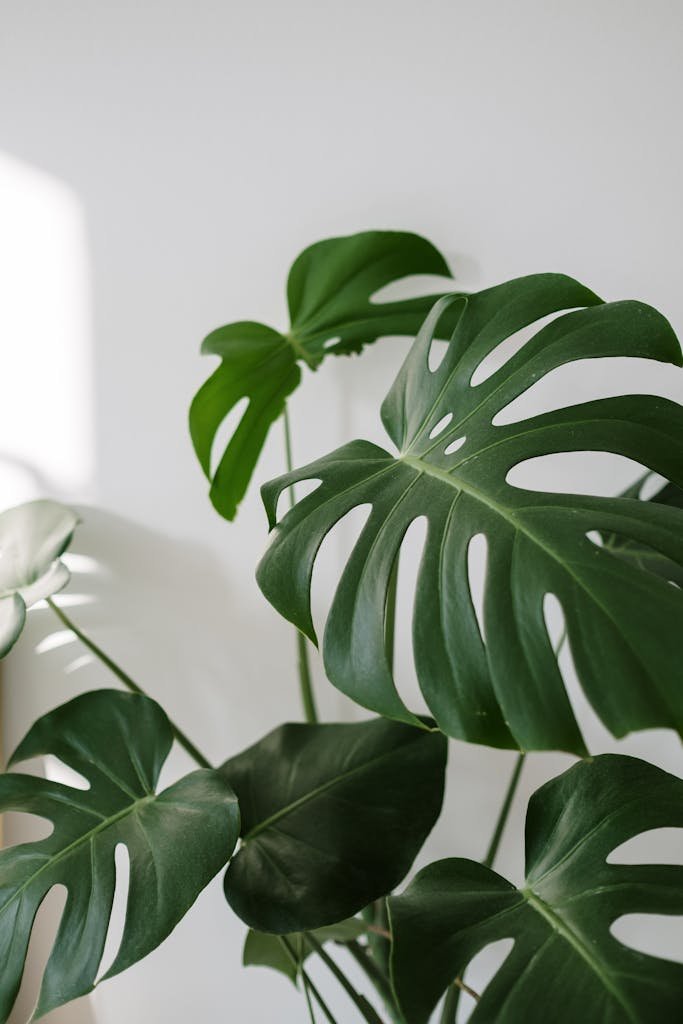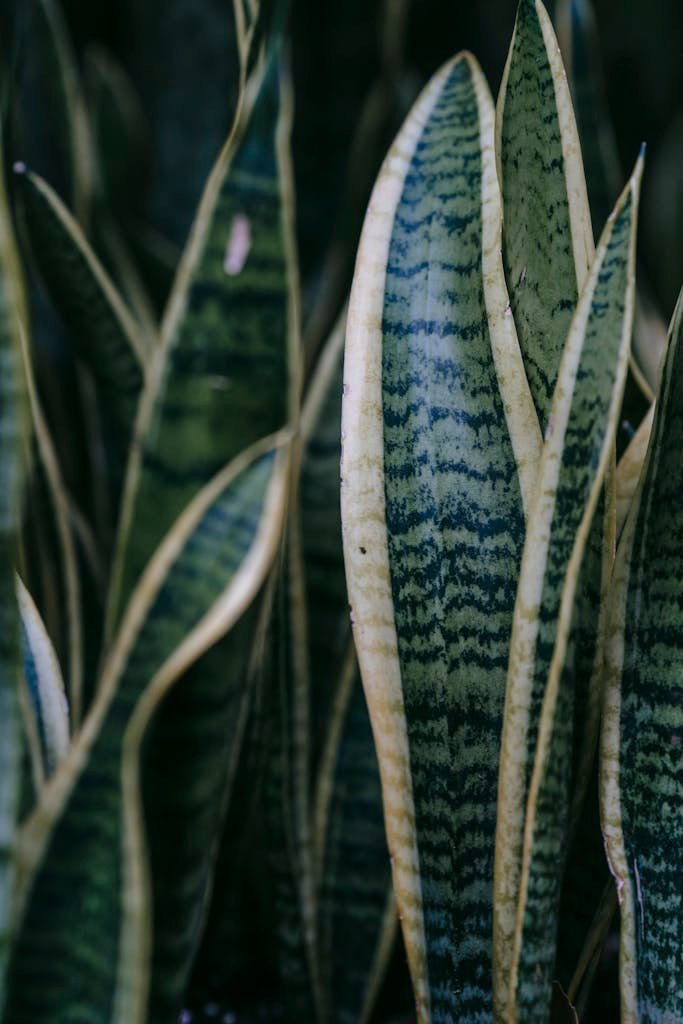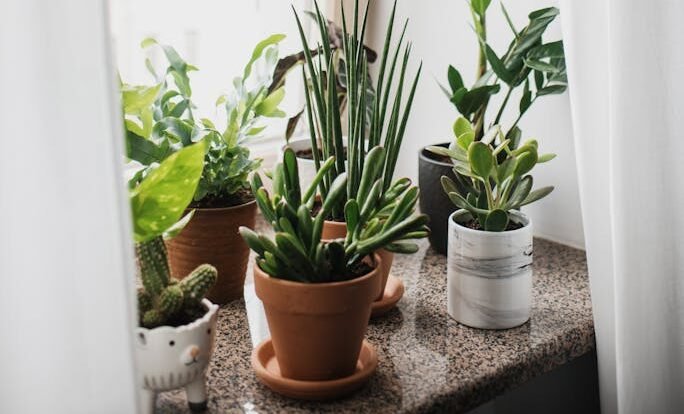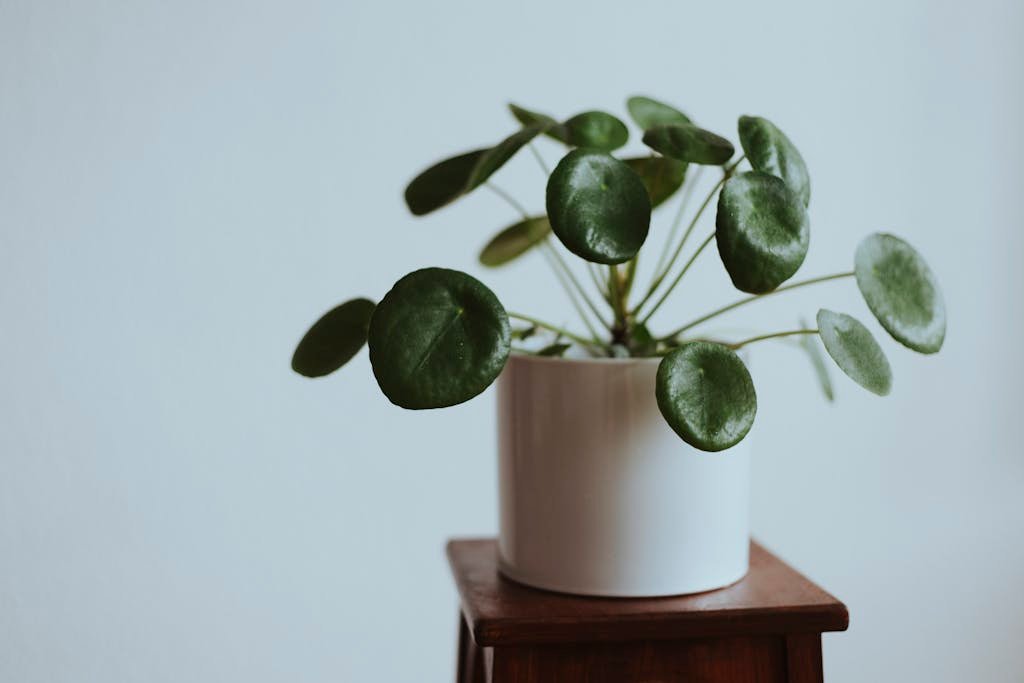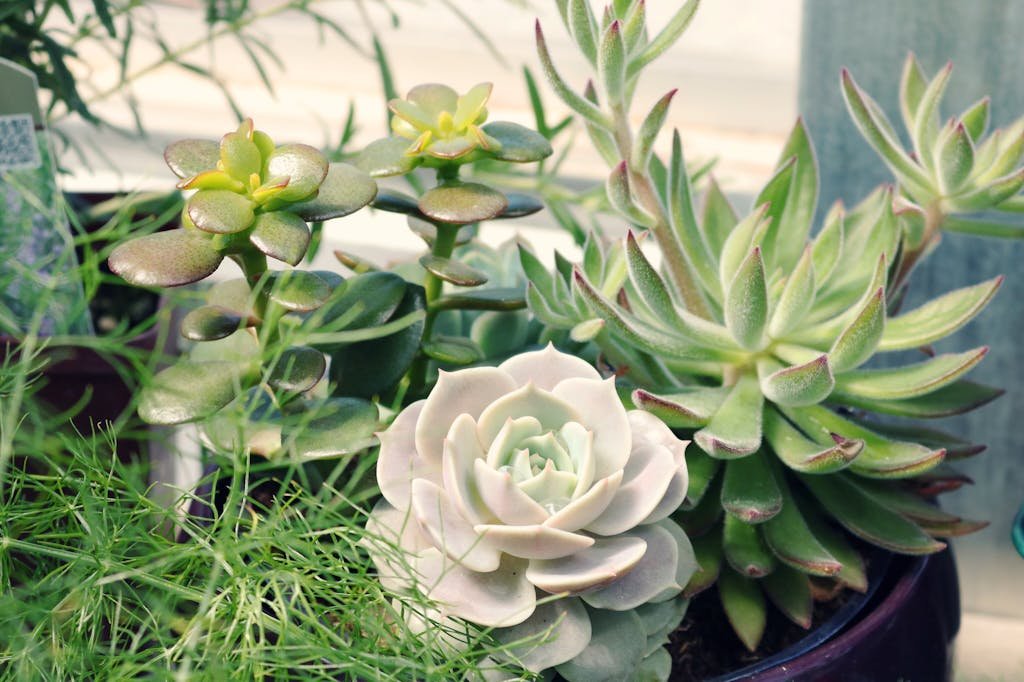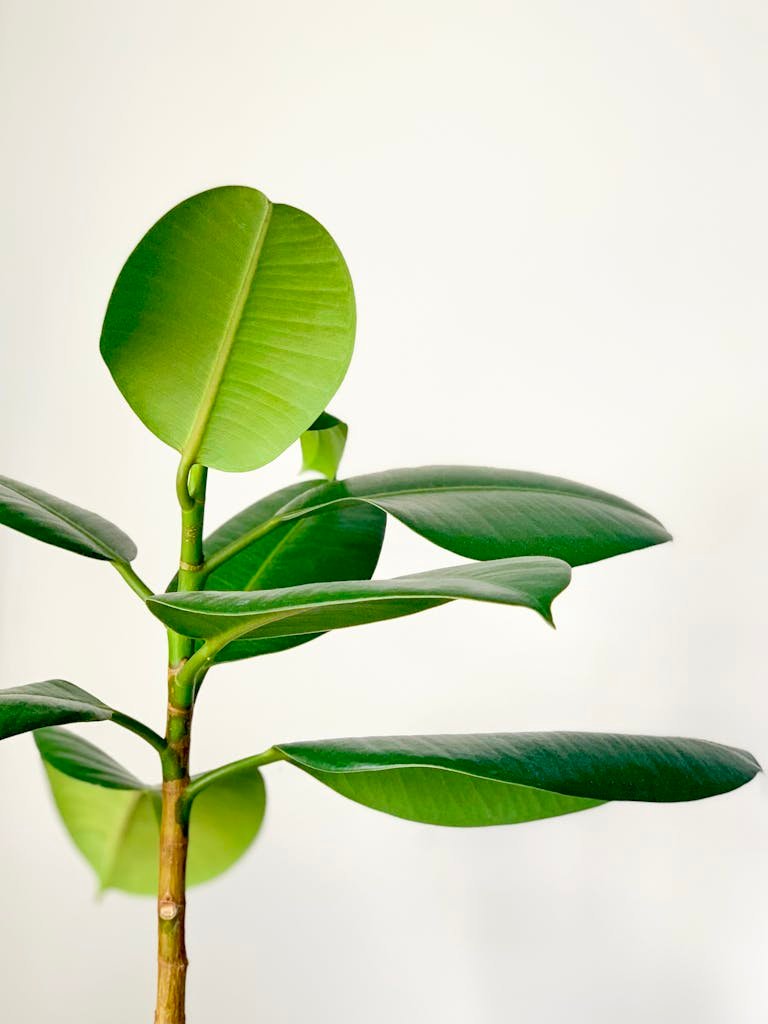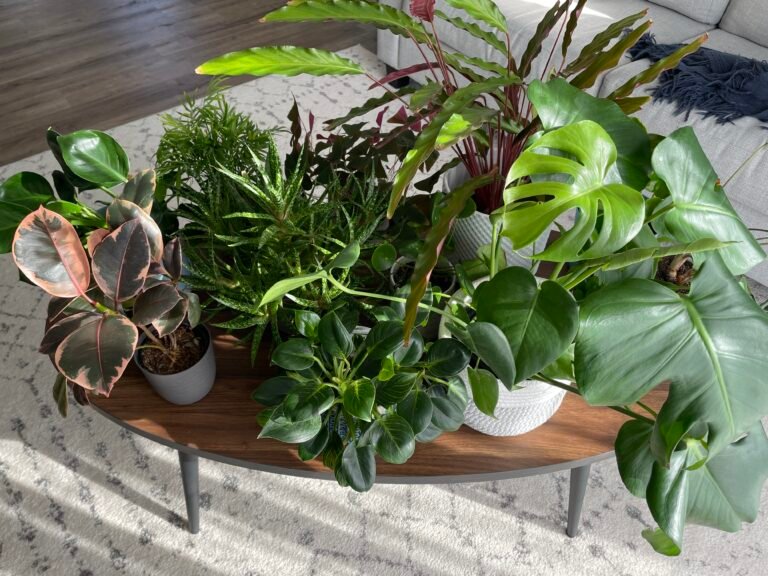The complete guide to caring for your monstera plant
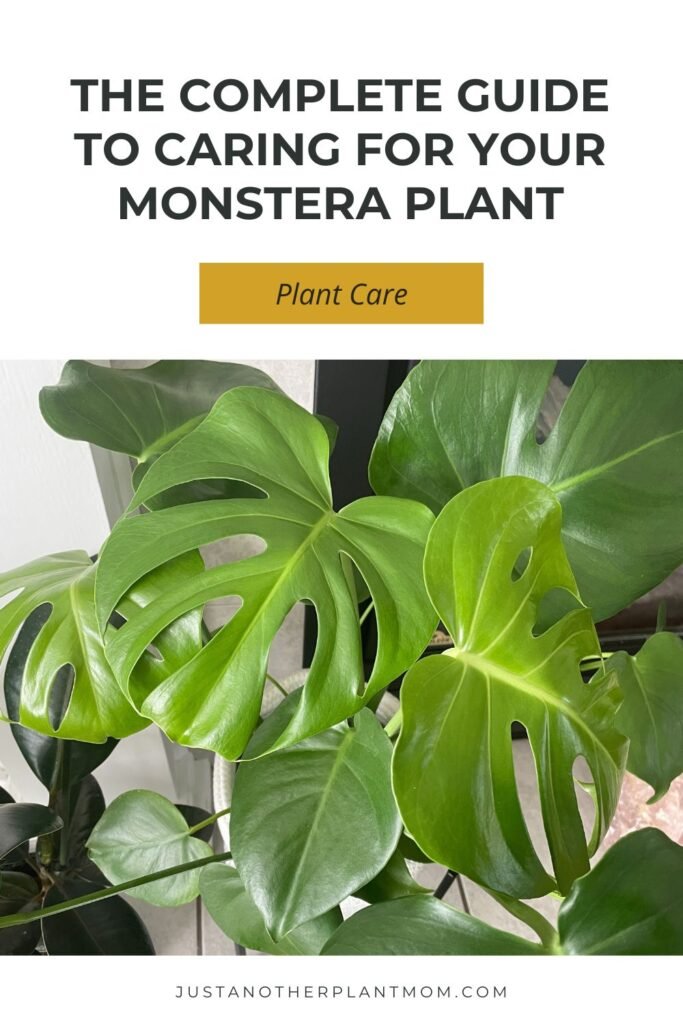
If you’ve been hanging out in plant communities on social media over the past few years, you’ve certainly seen a monstera plant…or hundreds of monstera plants! 😂 Everyone is lusting over the latest rare monstera or spilling the tea about where to find the coveted Thai Constellation for a great deal!
There’s good reason for the craze though, monsteras are relatively easy to care for and the unique foliage makes for great photography! There’s something special about the iconic leaves full of holes (called fenestrations) and the way they bring that tropical feeling into your home.
The monstera plant (Monstera deliciosa), also known as the Swiss cheese plant, originates from the tropical rainforests of Central and South America and is part of the Araceae family. Monsteras tend to be climbing plants and do well on a trellis or moss poll as they get larger. Leaves usually start out smaller but can get quite large as the plant grows and matures.
Monstera varieties
There are around 50 different species of monstera, and within those species there are several different varieties. While Monstera deliciosa is the most common variety, there are several other monstera varieties that plant collectors are going crazy for:
- Monstera adansonii (Swiss cheese vine): This variety features smaller leaves with more pronounced fenestrations, making it a perfect choice for trailing down a shelf or growing up a moss pole.
- Monstera obliqua: Often confused with Monstera adansonii, Monstera obliqua has even smaller and more delicate leaves, with fenestrations that cover almost the entire leaf surface.
- Monstera siltepecana: Monstera siltepecana has beautiful silvery-green leaves that will add lots of texture to your space.
- Monstera dubia: The heart-shaped leaves of the Monstera dubia have a lovely two-tone green pattern.
- Monstera deliciosa ‘Thai Constellation’: This trendy monstera has gorgeous variegated leaves with creamy white splashes.
Regardless of the variety, monstera plants generally require similar care, which I’ll share more about below.
Note: Monstera plants contain calcium oxalate crystals, which can be toxic if ingested, so keep them away from children and pets.
How to care for your monstera plant
Light requirements:
Providing the right amount of light is crucial for the healthy growth of your monstera plant. While they can tolerate low light conditions, they thrive in bright, indirect light. Avoid direct sunlight, as it can scorch the leaves and cause sunburn. Place your monstera near a north or east-facing window for optimal light exposure. (Learn more about light requirements for your plants here!)
Watering requirements:
Monsteras like to be watered when the top few inches of soil to dry out. When it’s time for a drink, water your plant thoroughly until water drains out from the bottom of the pot (but don’t let it sit in water.) During the growing season (spring and summer) you may need to water more frequently, while in the dormant season (fall and winter) reduce watering to prevent overwatering and root rot. (Get more tips on how to water your plants here!)
Soil requirements:
Monstera plants prefer well-draining soil. A mixture of potting soil, perlite, and orchid bark works well for monstera plants. Repot your monstera every couple of years to refresh the soil and provide room for root growth. Choose a slightly larger pot if the plant becomes root-bound. Finally, you can also add some houseplant fertilizer (according to package directions) in the spring and summer months.
Temperature and humidity:
Because of their natural habitat, monsteras prefer a warm, humid environment. They’ll do well in temperatures between 65°F to 80°F (18°C to 27°C) and appreciate humidity levels of 60% or higher. You can increase humidity by placing your monstera near other plants, placing a humidity tray nearby, or using a humidifier.
Troubleshooting common issues with your monstera
- Yellowing Leaves: This can indicate overwatering, underwatering, or too much direct sunlight. Adjust your watering routine and ensure your monstera is receiving adequate indirect light. Because there are so many potential causes to yellow leaves, I wrote a whole blog post about it!
- Brown Leaf Tips: Low humidity or overfertilization can cause brown tips on monstera leaves. Increase humidity levels and avoid overfertilizing your plant.
- Leggy Growth: If your monstera becomes leggy with sparse foliage, it might not be receiving enough light. Move it to a brighter location with indirect sunlight to encourage bushier growth.
- Pests: While relatively resistant to pests, monstera plants can occasionally attract spider mites, mealybugs, or scale insects. Inspect your plant regularly and treat any infestations as soon as you spot them with insecticidal soap or neem oil. Don’t forget to isolate your plant until you’re sure it’s pest free!
Propagating your monstera plant
Propagating mature monstera plants is relatively easy. There are a few methods you can try, including air layering and division, but propagating by stem cuttings is definitely the easiest!
Stem cuttings:
Using clean, sharp scissors, take a healthy stem cutting with at least one node (the bump on the stem) and preferably at least two leaves (bonus points if the stem already has an aerial root or two!) Place the cutting in water or directly in moist potting soil and give it lots of bright, indirect light.
If rooting in water, remember to change the water weekly until roots form and it’s ready to be potted up. Roots should be at least a couple inches long before potting, which usually takes a few months.
If placing your cutting directly in soil, plant it deep enough so that the node is covered with an inch or so of soil. If you want your cutting to root more quickly, try dipping it in rooting hormone powder before planting. Keep the soil moist, but not soggy and within a few weeks, roots will develop, and new growth will emerge.
Fun fact about monstera plants
Monstera can live in water!
Monstera plants can be grown hydroponically, and thrive in water indefinitely! If you want to give it a try, be sure to change the water regularly and add diluted houseplant fertilizer to promote healthy growth. Monsteras grown in water tend to grow a little slower than those grown in soil, but they will still be happy and healthy!
Conclusion
If you’re a new plant parent, definitely put monstera plants on your wish list! You’ll love how easy they are to care for and how quickly they’ll grow, rewarding you with those beautiful, big tropical leaves!
